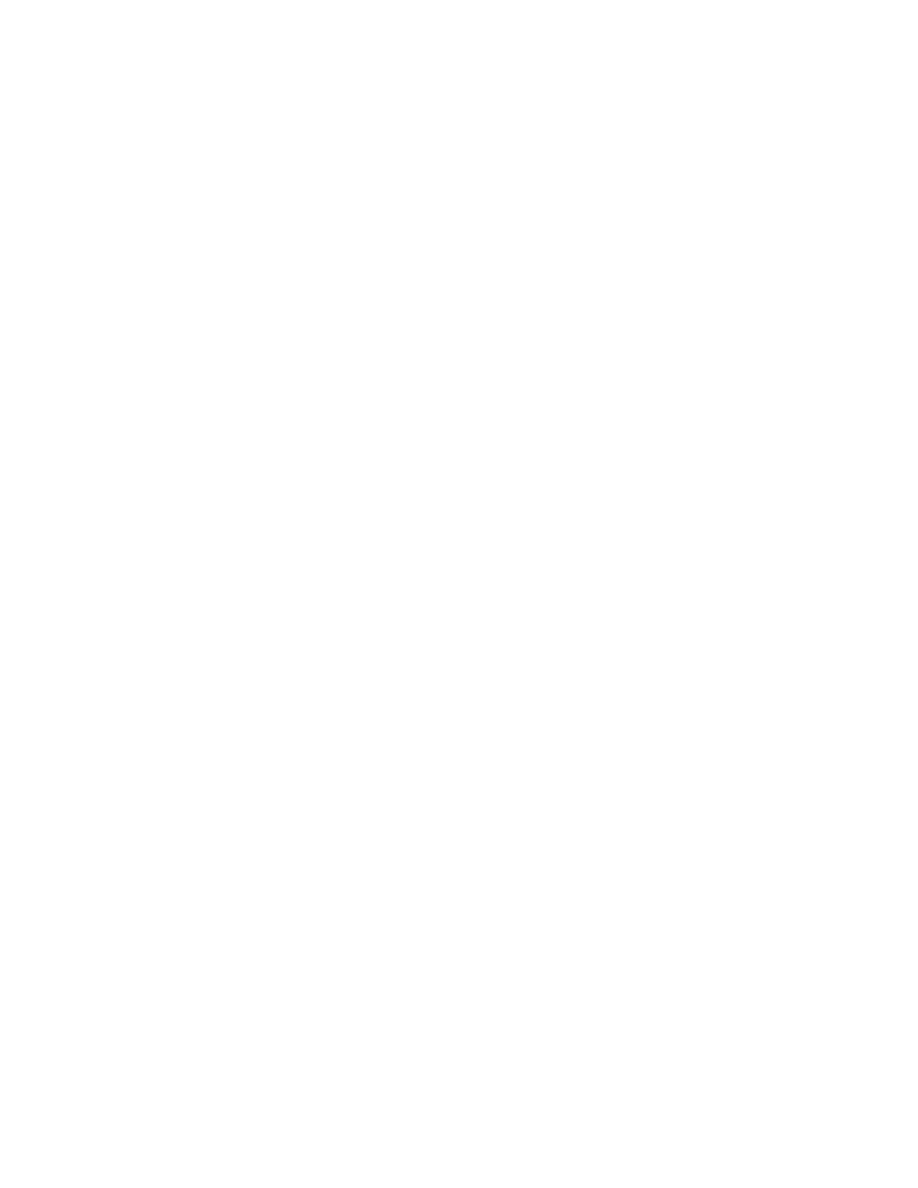
643
Federal Aviation Administration, DOT
§ 29.1045
(2) No corrected temperature deter-
mined under paragraph (a)(1) of this
section may exceed established limits.
(3) The fuel used during the cooling
tests must be of the minimum grade
approved for the engines, and the mix-
ture settings must be those used in
normal operation.
(4) The test procedures must be as
prescribed in §§ 29.1045 through 29.1049.
(5) For the purposes of the cooling
tests, a temperature is ‘‘stabilized’’
when its rate of change is less than 2
°
F
per minute.
(b)
Maximum ambient atmospheric tem-
perature. A maximum ambient atmos-
pheric temperature corresponding to
sea level conditions of at least 100 de-
grees F. must be established. The as-
sumed temperature lapse rate is 3.6 de-
grees F. per thousand feet of altitude
above sea level until a temperature of
¥
69.7 degrees F. is reached, above
which altitude the temperature is con-
sidered constant at
¥
69.7 degrees F.
However, for winterization installa-
tions, the applicant may select a max-
imum ambient atmospheric tempera-
ture corresponding to sea level condi-
tions of less than 100 degrees F.
(c)
Correction factor (except cylinder
barrels). Unless a more rational correc-
tion applies, temperatures of engine
fluids and powerplant components (ex-
cept cylinder barrels) for which tem-
perature limits are established, must
be corrected by adding to them the dif-
ference between the maximum ambient
atmospheric temperature and the tem-
perature of the ambient air at the time
of the first occurrence of the maximum
component or fluid temperature re-
corded during the cooling test.
(d)
Correction factor for cylinder barrel
temperatures. Cylinder barrel tempera-
tures must be corrected by adding to
them 0.7 times the difference between
the maximum ambient atmospheric
temperature and the temperature of
the ambient air at the time of the first
occurrence of the maximum cylinder
barrel temperature recorded during the
cooling test.
(Secs. 313(a), 601, 603, 604, and 605 of the Fed-
eral Aviation Act of 1958 (49 U.S.C. 1354(a),
1421, 1423, 1424, and 1425); and sec. 6(c) of the
Dept. of Transportation Act (49 U.S.C.
1655(c)))
[Doc. No. 5084, 29 FR 16150, Dec. 3, 1964, as
amended by Amdt. 29–12, 41 FR 55473, Dec. 20,
1976; Amdt. 29–15, 43 FR 2327, Jan. 16, 1978;
Amdt. 29–26, 53 FR 34218, Sept. 2, 1988]
§ 29.1045
Climb cooling test proce-
dures.
(a) Climb cooling tests must be con-
ducted under this section for—
(1) Category A rotorcraft; and
(2) Multiengine category B rotorcraft
for which certification is requested
under the category A powerplant in-
stallation requirements, and under the
requirements of § 29.861(a) at the steady
rate of climb or descent established
under § 29.67(b).
(b) The climb or descent cooling tests
must be conducted with the engine in-
operative that produces the most ad-
verse cooling conditions for the re-
maining engines and powerplant com-
ponents.
(c) Each operating engine must—
(1) For helicopters for which the use
of 30-minute OEI power is requested, be
at 30-minute OEI power for 30 minutes,
and then at maximum continuous
power (or at full throttle when above
the critical altitude);
(2) For helicopters for which the use
of continuous OEI power is requested,
be at continuous OEI power (or at full
throttle when above the critical alti-
tude); and
(3) For other rotorcraft, be at max-
imum continuous power (or at full
throttle when above the critical alti-
tude).
(d) After temperatures have sta-
bilized in flight, the climb must be—
(1) Begun from an altitude not great-
er than the lower of—
(i) 1,000 feet below the engine critcal
altitude; and
(ii) 1,000 feet below the maximum al-
titude at which the rate of climb is 150
f.p.m; and
(2) Continued for at least five min-
utes after the occurrence of the highest
temperature recorded, or until the
VerDate Sep<11>2014
09:06 Jun 28, 2024
Jkt 262046
PO 00000
Frm 00653
Fmt 8010
Sfmt 8010
Y:\SGML\262046.XXX
262046
jspears on DSK121TN23PROD with CFR
